Tourist Attractions in Argentina 10 Best for Bold Travelers
Last updated on May 27th, 2025 at 01:04 am
My boots were completely soaked, and I was laughing like an idiot. There I was, standing on a rickety wooden platform at Iguazu Falls in November 2018, getting absolutely hammered by spray from the world’s most powerful waterfalls. My travel buddy Jake was trying to take a selfie, but every time he held up his phone, another wall of mist would slam into us.
“This is insane!” he yelled over the roar, and honestly? He was right. We’d hiked through half of South America by that point, but nothing comes close to the raw power you feel at Iguazu. That moment changed everything for me. I realized I’d been playing it safe with my travels, sticking to the usual backpacker trail.
Argentina kicked that mentality right out of me.
If you’re tired of the same old beach vacations and city breaks, if you want to come home with stories that actually matter, then Argentina needs to be on your radar. This isn’t another “hidden gem” travel post – these places are well-known for a reason. They’ll mess with your head in the best possible way.
I’ve been back to Argentina four times since that first trip, and I’m still discovering things that blow my mind. Let me break down the ten spots that’ll either scare you or inspire you – hopefully both.
Why Argentina Hits Different Than Other Destinations
Look, I’ve been to 47 countries, and Argentina still surprises me every single time. It’s enormous – like, seriously huge. You could fit the entire United Kingdom into just one of its provinces. But size isn’t what makes it special.
What gets me is how dramatically different each region feels. In the morning, you can be sipping wine in sun-drenched Mendoza, and by evening, you’re bundled up watching glaciers crack in Patagonia. It’s like traveling through multiple countries without dealing with border crossings.
The Argentinian people have this thing about them too. They’re proud without being arrogant, welcoming without being pushy. They’ll argue passionately about football over dinner, then invite you to their cousin’s birthday party the next day. I’ve made more genuine friendships in Argentina than anywhere else I’ve traveled.
Here’s why Argentina works for adventurous travelers:
- Massive variety packed into one country
- Your dollar goes further than you’d expect
- Adventure activities for every skill level
- Less touristy than Peru or Costa Rica
- Food scene that’ll ruin you for other countries
The Real Deal: Argentina’s Most Mind-Blowing Attractions
1. Iguazu Falls – Where Water Becomes Thunder
Forget Niagara. Forget Victoria Falls. Iguazu is 275 separate waterfalls spread across nearly two miles of jungle, and it’s absolutely mental. Eleanor Roosevelt supposedly said it makes Niagara look like a kitchen faucet, and she wasn’t exaggerating.
The Devil’s Throat is the main attraction – imagine standing at the edge of a massive horseshoe where 14 different waterfalls crash down 269 feet. The noise is unbelievable. You feel it in your chest, in your bones. The mist rises up like smoke, and you can’t tell where the water ends and the sky begins.
But here’s what most people miss: the boat rides. They take you right up to the base of the falls, and the captains are absolutely crazy. They’ll gun it straight toward a wall of falling water, and just when you think you’re about to die, they’ll spin the boat and soak everyone on board. I’ve done it six times, and it never gets old.
The Brazilian side gives you the big picture views, but the Argentine side puts you right in the action. You can walk behind some of the smaller falls and feel like you’re inside a natural cathedral.
Real talk about visiting Iguazu:
- Two days minimum – one for each side of the border
- Waterproof everything, not just your phone
- The helicopter ride costs $200 but holy hell, it’s worth it
- Stay in Puerto Iguazu town, not the overpriced resort hotels
2. Perito Moreno Glacier – Ice That’s Actually Alive
This glacier messed with my understanding of climate change. While most glaciers are retreating, Perito Moreno is still advancing about six feet per year. It’s 19 miles long, three miles wide, and over 200 feet tall at the viewing points.
But the real magic happens when you strap on crampons and walk on the ice itself. I did the full-day ice trek in March 2020, and it was simultaneously the most beautiful and terrifying thing I’ve ever done. You’re walking on ice that’s been compressed for 600 years, following crevasses that drop into blue infinity.
The glacier calving is something else entirely. Every few hours, chunks the size of apartment buildings crack off and crash into the lake below. The sound echoes across the water for what feels like forever. I waited three hours for a big calving event, and when it finally happened, everyone on the viewing platform erupted in cheers.
What you need to know:
- Ice trekking requires decent fitness but no technical skills
- Calving happens randomly – patience is key
- September to March for best weather
- The boat ride to the glacier face gets you incredibly close
3. Mendoza Wine Country – Getting Drunk at 3,000 Feet
Mendoza isn’t just about wine tasting – though the wine is ridiculous. It’s about cycling through vineyards with the Andes Mountains as your backdrop, learning about soil composition from fourth-generation winemakers, and yes, getting pleasantly buzzed while horseback riding through valleys that look like movie sets.
I spent harvest season there in 2019, and it completely changed how I think about wine. You can actually participate in the grape picking and crushing. It’s hard work – your back will hurt, your hands will be stained purple for days – but there’s something deeply satisfying about making wine with your own hands.
The altitude here is no joke. Many vineyards sit at 3,000+ feet above sea level, which affects both the grapes and your tolerance for alcohol. I learned this the hard way during a bike tour when three glasses of Malbec hit me like a truck.
The thermal hot springs around Mendoza are perfect for recovery after a day of activities. Sitting in natural hot pools while snow-capped mountains tower above you – it’s like nature’s own spa treatment.
Mendoza must-dos:
- Harvest season (February-April) for hands-on experiences
- Hot air balloon rides over the vineyard valleys
- Day trips to Aconcagua base camp
- Cycling tours through Maipu wine region
4. Ushuaia – Where the World Actually Ends
Ushuaia sits at the bottom of the world, surrounded by mountains that rise straight out of the Beagle Channel. It really feels like the edge of civilization, especially when you’re standing on the dock at 6 AM waiting for a boat to Antarctica.
The Beagle Channel cruise was one of those experiences that stick with you forever. You’re sailing through waters that Charles Darwin navigated, watching sea lions argue over rocks while snow-covered peaks reflect in perfectly still water. The scale is overwhelming – you feel tiny and significant at the same time.
King crab fishing blew my mind. These crabs are massive – some have leg spans over three feet – and they taste like the ocean’s greatest achievement. Going out with local fishermen, hauling up traps from 100 feet of freezing water, then eating your catch while watching the sunset paint the mountains pink – it doesn’t get much better.
The End of the World Train is touristy but worth it. It follows the route that prisoners used to take to cut wood in the early 1900s, through forests and valleys that look prehistoric.
Ushuaia highlights:
- Antarctica expeditions launch from here (November-March)
- Tierra del Fuego National Park hiking trails
- Winter skiing with ocean views (July-September)
- Martial Glacier day hike for incredible views
5. Quebrada de Humahuaca – Mountains That Change Colors
This UNESCO World Heritage valley in northern Argentina looks like someone spilled paint across the landscape. The mountains shift colors throughout the day – deep purples at dawn, bright oranges at noon, impossible reds at sunset.
The Hill of Seven Colors in Purmamarca gets all the Instagram attention, but the Hill of Fourteen Colors near Hornocal is where your brain breaks. Standing at 13,000 feet, looking at rock formations that are 600 million years old, you get this overwhelming sense of how brief human existence really is.
The indigenous culture here feels authentic, not performed for tourists. In the markets, you’ll find textiles made using techniques that haven’t changed in centuries. The vendors speak Quechua and Spanish, and they’ll share stories about their ancestors if you take time to actually listen instead of just shopping.
The altitude hits hard up here. I got wicked altitude sickness in Tilcara and spent half a day feeling like I’d been hit by a bus. Coca leaves help, but acclimatization takes time.
6. Bariloche – Switzerland With Better Steaks
Bariloche feels like someone transplanted a Swiss village into Patagonia. The architecture is European, the lakes are impossibly blue, and the mountains are pure South American drama. It’s where wealthy Argentinians go to feel fancy, and honestly, it works.
The Seven Lakes Route is one of those drives where you’ll stop every five minutes to take photos. Each lake has a different color depending on minerals and depth – emerald green, turquoise blue, deep navy. The road winds through forests that look like fairy tale settings.
Winter skiing here is incredible and way cheaper than European resorts. Cerro Catedral has world-class runs with views of lakes and forests instead of just more mountains. Plus, you can ski in July and August when the northern hemisphere is sweltering.
The chocolate scene in Bariloche is serious business. Dozens of chocolaterías line the main streets, and the quality rivals anything you’ll find in Belgium. I gained five pounds in four days just walking around town.
Bariloche activities:
- Lake Nahuel Huapi kayaking and fishing
- Cerro Catedral skiing and mountain biking
- Villa Traful for serious hiking and solitude
- Chocolate factory tours (seriously, don’t skip this)
7. Salta – Colonial Beauty Meets Mountain Drama
Salta gets overlooked by most tourists, which is criminal because it’s one of Argentina’s most beautiful cities. The colonial architecture is perfectly preserved, the food scene is incredible, and it’s your gateway to some of the country’s most dramatic landscapes.
The Train to the Clouds (Tren a las Nubes) is an engineering marvel that climbs to 13,850 feet through 29 bridges and 21 tunnels. The views are spectacular, but the altitude hits some people hard. I watched three passengers get oxygen from the onboard medical team.
The nearby Cafayate wine region produces Argentina’s best Torrontés, a white wine that’s crisp and floral. The wineries here are smaller and more personal than Mendoza. You’ll often end up drinking wine with the actual winemaker, hearing stories about their family’s history with the land.
Salta’s food scene is underrated. The empanadas are the best I’ve had anywhere, and the locro stew will warm you from the inside out. The peñas (folklore shows) are touristy but fun – live music, traditional dancing, and way too much wine.
8. Peninsula Valdes – Wildlife Safari on Steroids
Peninsula Valdes is where Argentina shows off its wild side. This UNESCO Biosphere Reserve is home to southern right whales, orcas, sea lions, elephant seals, and massive penguin colonies. It’s like a nature documentary come to life.
The whale watching here is phenomenal from June to December. These whales come to the protected waters to mate and give birth, and they’re surprisingly curious about humans. I’ve had whales approach boats so closely that you could see their eyes, their scars, the barnacles on their skin.
But watching orcas hunt is something else entirely. These pods coordinate attacks on sea lions, sometimes beaching themselves to grab prey off the shore. It’s brutal and beautiful and completely unforgettable. The intelligence you see in their hunting strategies is mind-blowing.
The penguin colonies at Punta Tombo stretch to the horizon. We’re talking about 200,000+ penguins during peak season. They’re curious and completely unafraid of humans, waddling right up to the marked paths.
Peninsula Valdes wildlife calendar:
- June-December: Southern right whales (best September-November)
- September-March: Orca hunting demonstrations
- December-February: Sea lion pups everywhere
- September-March: Peak penguin season
9. Aconcagua – The Mountain That Humbles Everyone
Let me be straight with you – climbing Aconcagua isn’t a casual weekend hike. At 22,837 feet, it’s the highest peak outside of Asia, and it has a success rate of only about 40%. Most failures are due to altitude sickness and weather, not technical difficulty.
But you don’t need to summit to experience this mountain’s power. The base camp trek to Plaza de Mulas is achievable for most fit hikers and gives you incredible views of the mountain’s massive south face. You’ll meet climbers from around the world, all preparing for their summit attempts.
I attempted the summit in January 2021 and made it to 19,000 feet before altitude sickness forced me down. Even “failing,” the experience was life-changing. The mountain has its own weather system – conditions can shift from sunny to life-threatening in minutes.
The logistics are complex. You need permits, approved guides for summit attempts, and at least three weeks if you’re serious about reaching the top. But even the approach hikes give you a taste of what makes this mountain legendary.
10. Buenos Aires – Where South America Gets Sophisticated
Buenos Aires is where Argentina’s soul lives. It’s a city that eats dinner at midnight, dances tango until dawn, and argues passionately about everything from football to politics. Each neighborhood has its own personality, from the colorful chaos of La Boca to the European elegance of Recoleta.
Learning tango isn’t optional here. Even if you think you can’t dance, the milongas will change your mind. I started with beginner classes in San Telmo, then worked up the courage to attend real milongas. The locals are patient with beginners, and there’s something magical about dancing to music that was born in these very streets.
The food scene will ruin you for steaks everywhere else. Yes, the beef is as good as you’ve heard, but don’t miss the empanadas, locro stew, and dulce de leche everything. Take a food tour through Palermo – you’ll eat your way through the neighborhood and probably make lifelong friends.
Street art in Buenos Aires is phenomenal. The murals in Palermo and San Telmo tell stories about the country’s history, politics, and dreams. Many buildings are canvases for artists who create works that rival anything you’d see in a museum.
Planning Your Adventure: The Stuff Nobody Tells You
Timing matters more than you think:
- North (Iguazu, Salta): April-September for bearable heat and less rain
- Center (Buenos Aires, Mendoza): March-May and September-November for perfect weather
- Patagonia: December-March only – winter down there is brutal
- Peninsula Valdes: June-December for whales, but year-round for other wildlife
Money talk – let’s be real: Argentina can be expensive, especially Patagonia. Plan for $100-200 per day if you want to do activities and eat well. Patagonia pushes the higher end, northern Argentina is more budget-friendly. Credit cards work everywhere, but cash gets better exchange rates.
Getting around without losing your mind: Domestic flights save time but cost money. The bus system is excellent – seriously, some buses are nicer than first-class flights. Renting a car gives you freedom but requires nerves of steel in cities. I’ve done all three, and each has its place.
Altitude sickness is real: If you’re heading to high-altitude destinations like Salta or attempting Aconcagua, take it seriously. Coca tea helps, altitude sickness pills work better. Ascend slowly, drink tons of water, and listen to your body.
Your Adventure Starts Now
Here’s what five trips to Argentina have taught me: this country doesn’t just give you cool photos for Instagram. It changes how you see the world and yourself.
Standing on ancient glaciers, watching whales breach in pristine waters, dancing badly but enthusiastically in Buenos Aires – these experiences become part of who you are. Argentina has this way of showing you that the world is bigger, stranger, and more beautiful than you ever imagined.
Your comfort zone will be waiting when you get back. But honestly? After Argentina, you might not recognize it anymore.
So what’s calling to you? The thundering waterfalls, the ancient glaciers, the wine-soaked valleys, or the endless Patagonian skies? Have you been to Argentina before, or is this post making you start planning your first trip? Drop a comment below – I love hearing about other people’s travel dreams and the stories that come out of them.

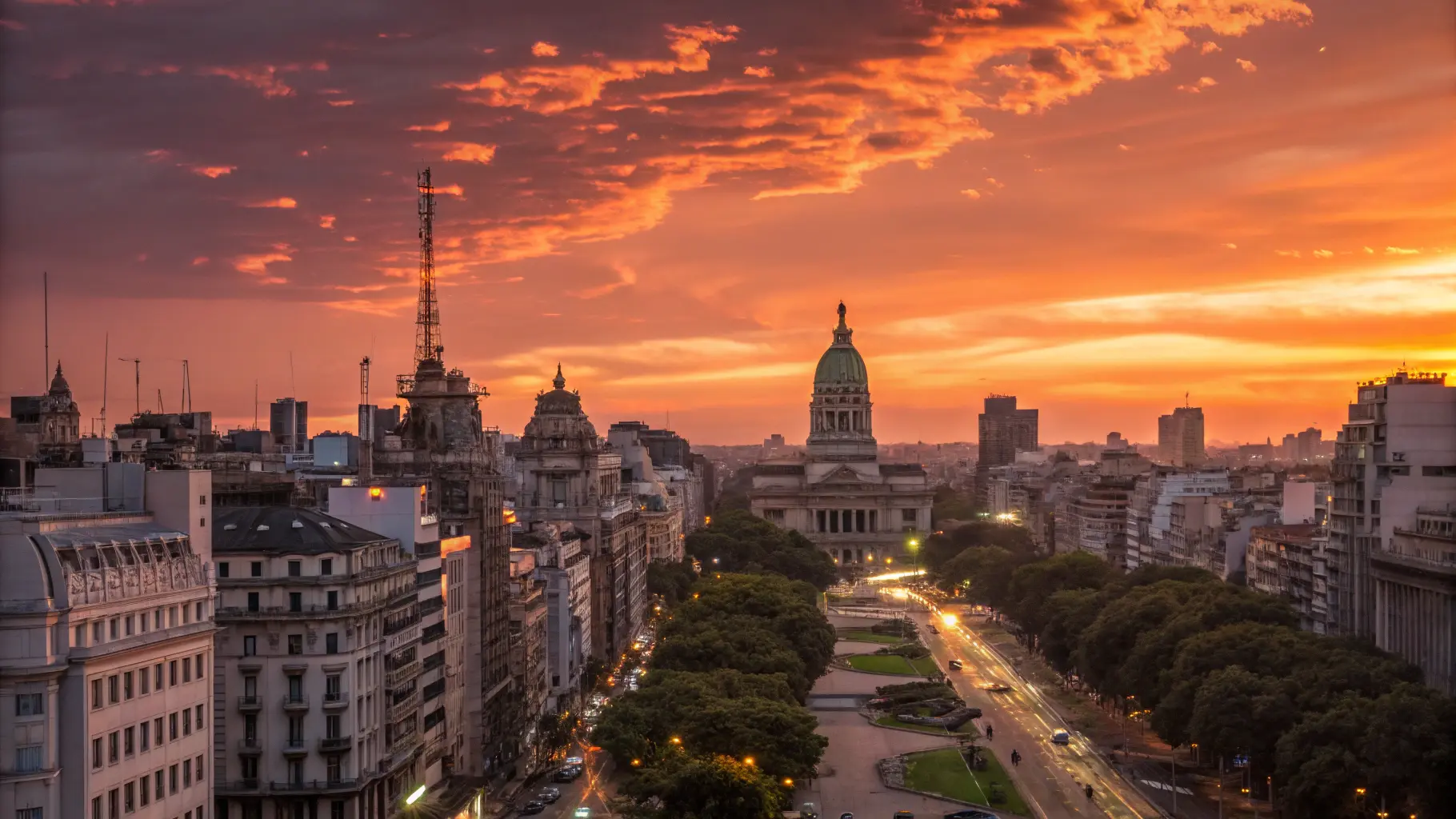
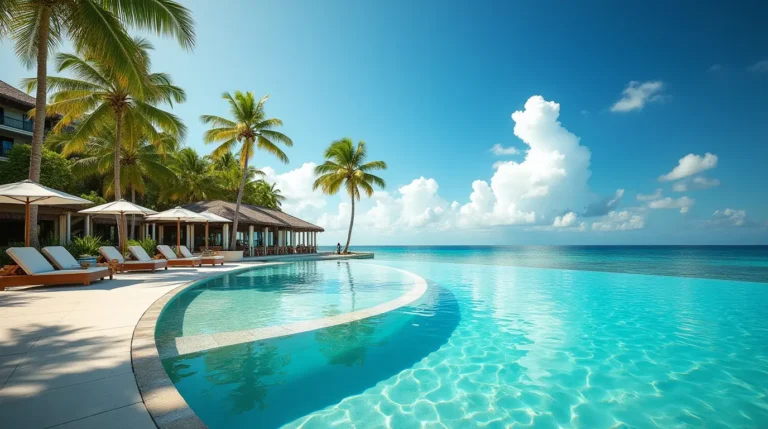

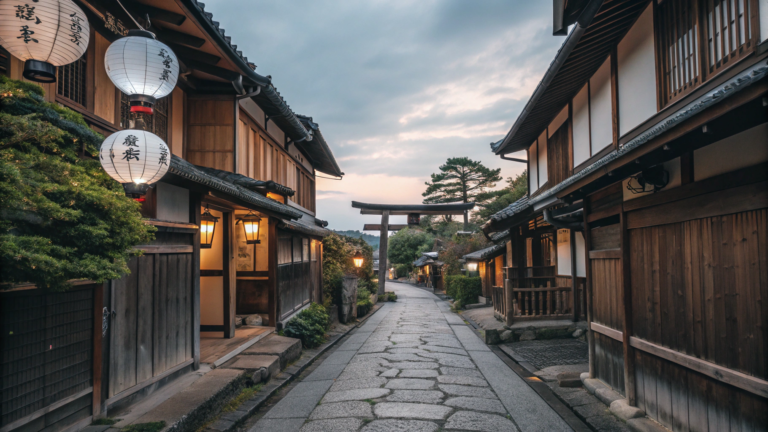

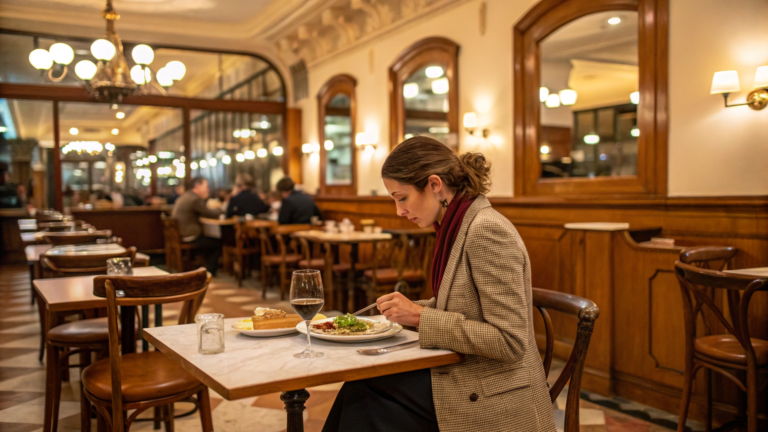
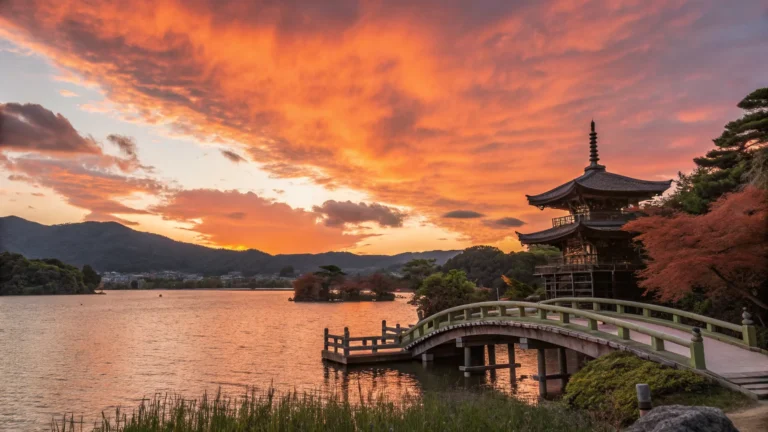
One Comment